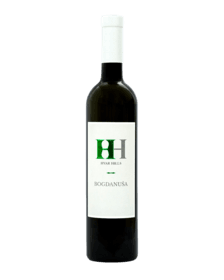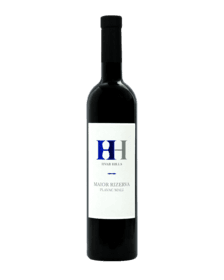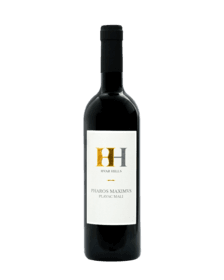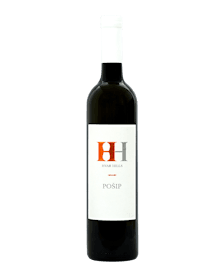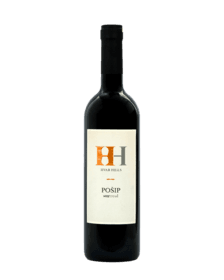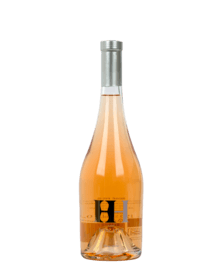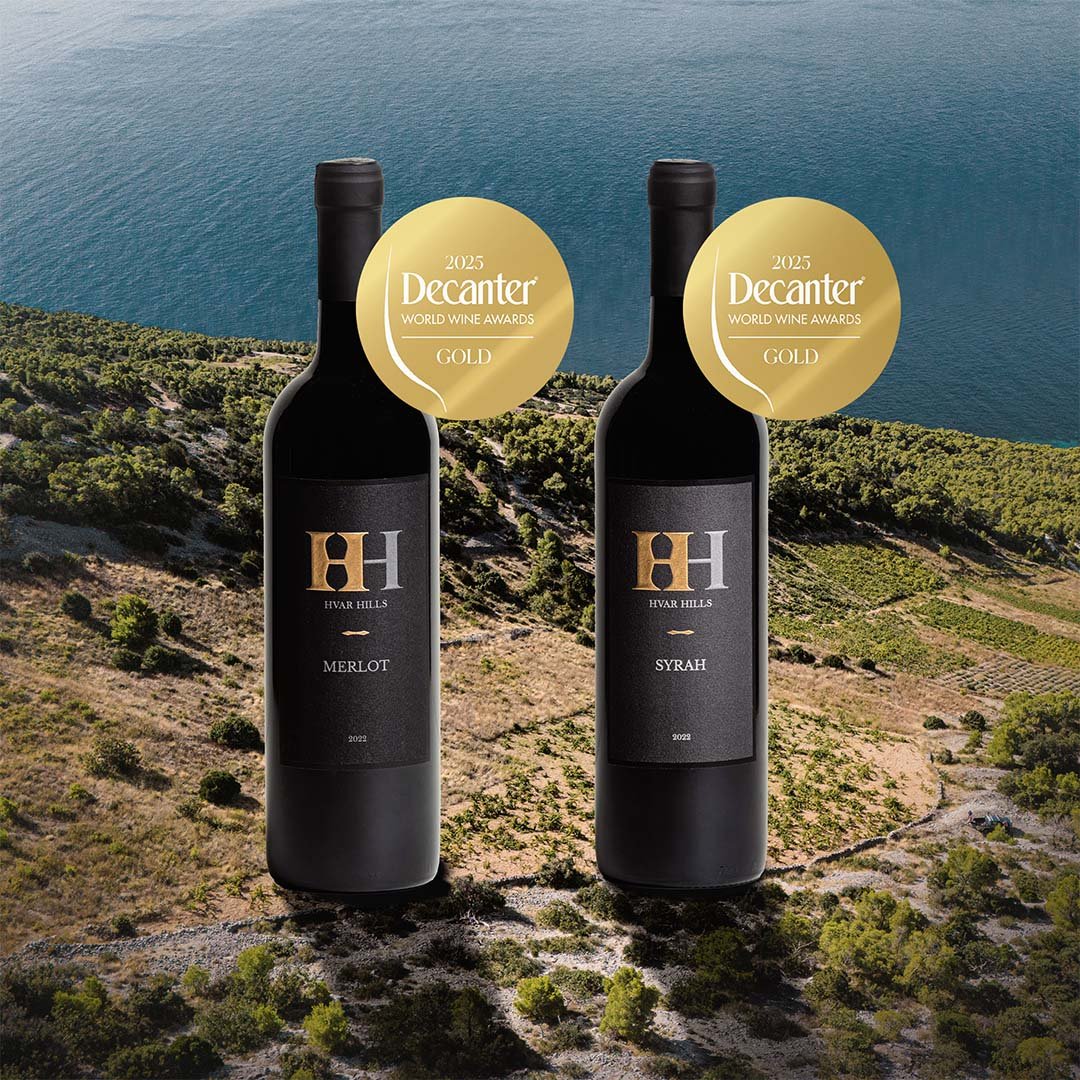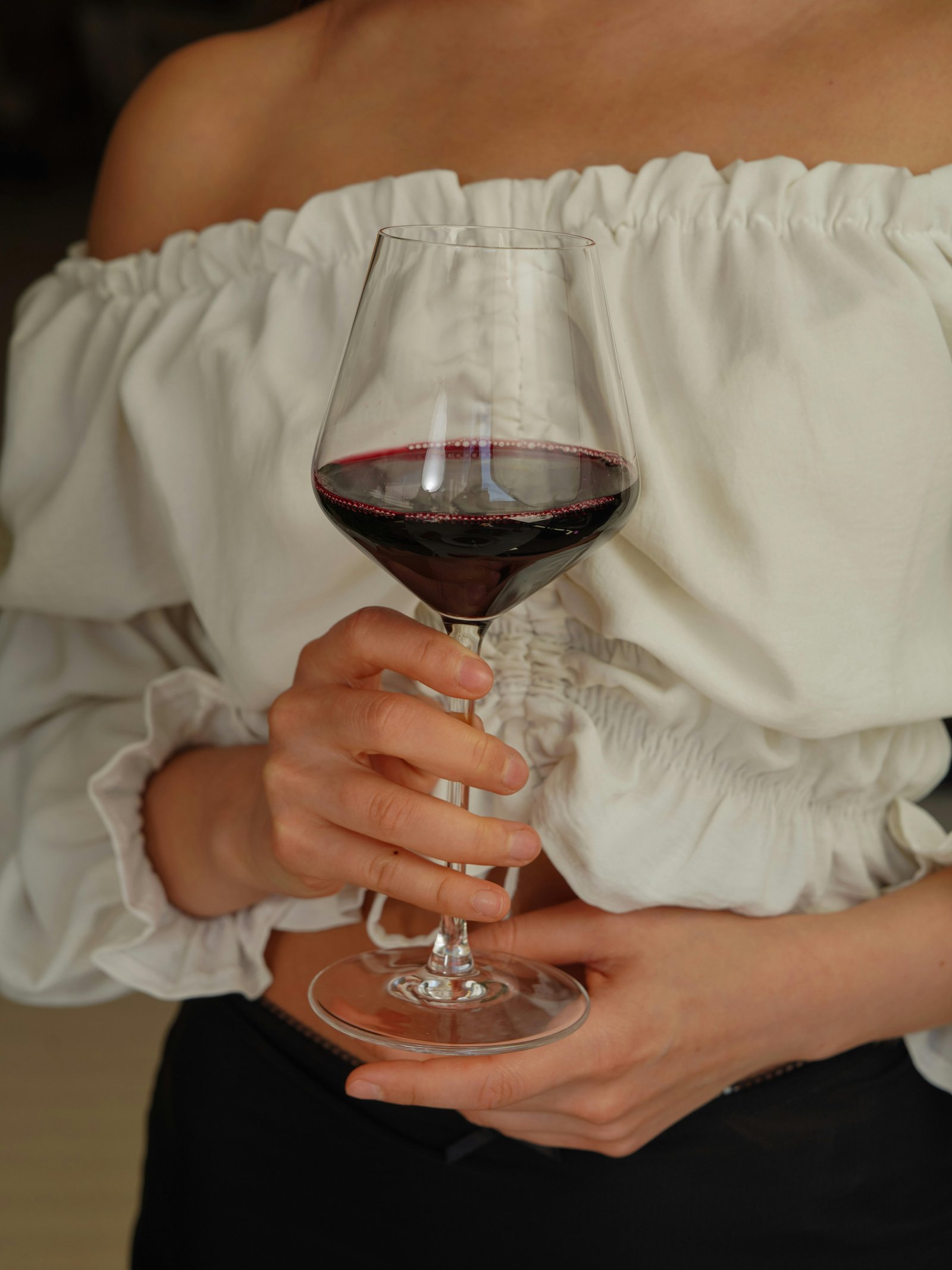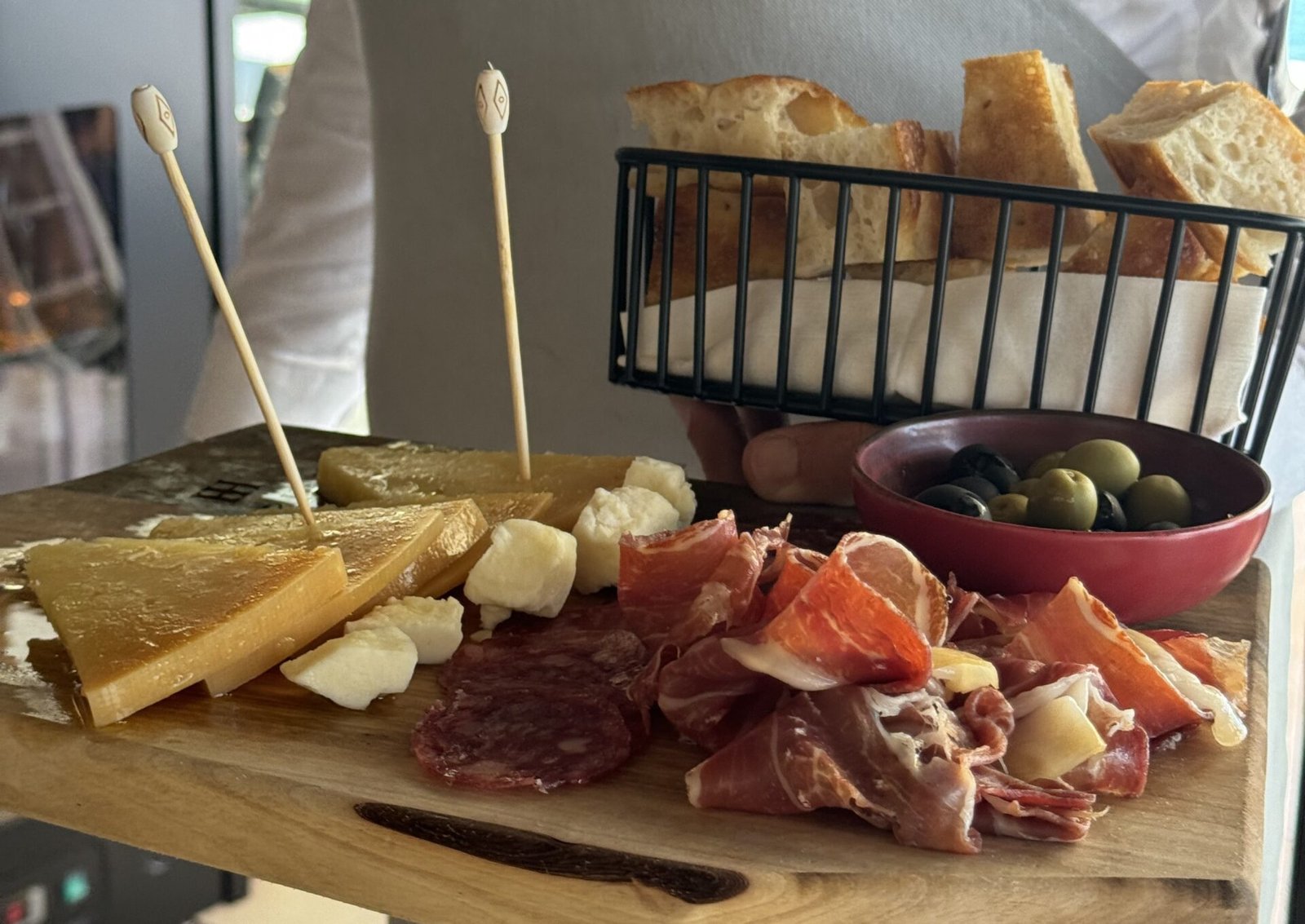Hvar, one of the most famous islands in Croatia, has a long and rich tradition of viticulture that goes back thousands of years. The island’s climate, location and soil provide ideal conditions for growing vines, and the culture of viticulture is deeply rooted in the lives of its inhabitants.
Ancient period
The first traces of vine cultivation on Hvar date back to the time when the Greeks in the 4th century BC. Kr. founded the Faros colony on the site of today’s Old Town. Archaeological research has shown that the Greeks brought the first vine seedlings to Hvar and began to develop viticulture, recognizing the potential of the soil and climate. The Greeks laid the foundation for growing vines on Hvar, and wine production was then an important part of their culture and economy.
The Romans continued the Greek tradition of viticulture after they took control of Hvar. They further improved the techniques of vine cultivation and wine production, integrating them into their everyday and social life.
The Middle Ages and the Venetian Republic period
In the Middle Ages, viticulture on Hvar continued to develop. The cultivation of vines and the production of wine have become crucial for the economy and the life of the local population. The island was under the influence of the Republic of Venice from the 13th century until the end of the 18th century, which had a great impact on the development of viticulture. The Venetians encouraged the cultivation of vines, and the wine from Hvar was also appreciated outside the island. The wine trade enabled the island’s economic development and stability in difficult times.
RThe period of the Hungarian Monarchy
After the fall of the Venetian Republic, Hvar came under the rule of the Habsburg Monarchy and later Austria-Hungary, which brought certain changes in agriculture. In the 19th century, viticulture on Hvar experienced a boom due to the high demand for wine. However, the end of the 19th century brought a severe crisis due to the phylloxera epidemic, a pest that attacked the vines and destroyed large parts of the vineyards in Europe, including Hvar.
This crisis forced many winegrowers to leave their estates and emigrate, primarily to America and Australia, which further influenced demographic changes on the island. Nevertheless, at the end of the 19th and the beginning of the 20th century, viticulture slowly recovered with the help of autochthonous varieties and more resistant types of vines.
After the Second World War, viticulture on Hvar was organized in large agricultural cooperatives. Cooperatives ensured stability in wine production, but at the same time led to stagnation in quality. The focus was on quantitative methods of production, while the quality of wine and autochthonous varieties were not sufficiently nurtured.
Contemporary development and revival of Hvar viticulture
After the breakup of Yugoslavia and the acquisition of Croatia’s independence, Hvar viticulture is experiencing a renaissance. Land privatization enabled small producers and winemaking families to return to traditional production methods. Autochthonous varieties such as Plavac mali, Bogdanuša and others are gaining importance again. Today, Hvar winemakers focus on the production of top quality wines, using modern technologies but also respecting tradition.
Today, the island of Hvar is recognized for its excellent wines, and its wines have won numerous awards at international competitions. Viticulture is not only an agricultural activity, but also a tourist attraction that attracts visitors from all over the world.
The history of viticulture on Hvar is rich in stories about innovation, struggle and renewal. From Greek colonizers to contemporary winemakers, each generation has brought something new to Hvar’s wine culture. Wine from Hvar today represents a combination of ancient tradition and modern production, making it a symbol of the island’s cultural and historical heritage.
Wine is the song of the earth.Pliny the Elder


